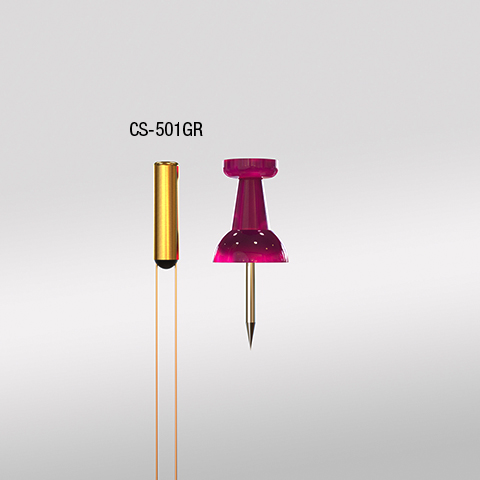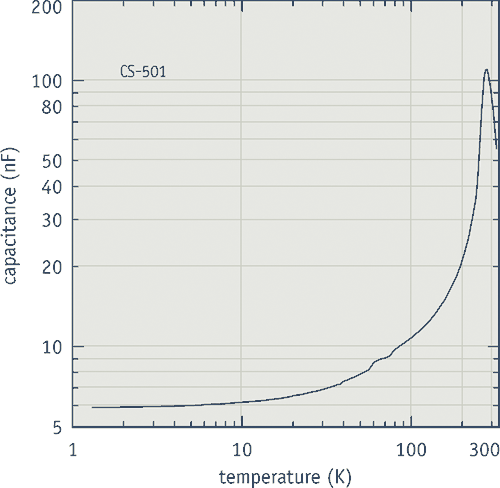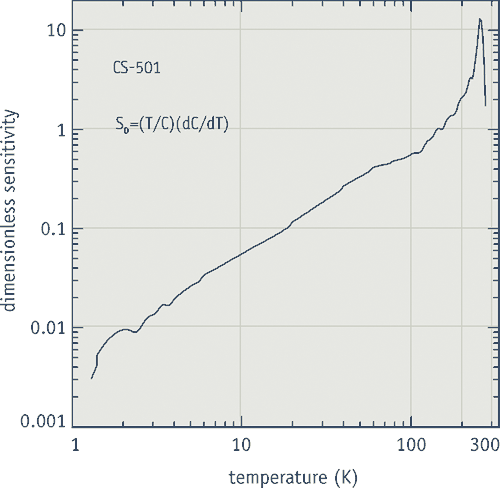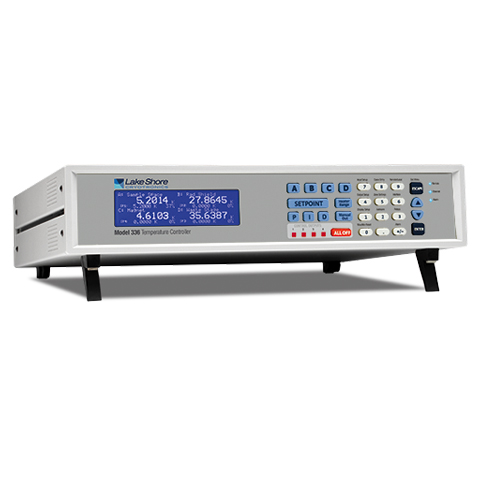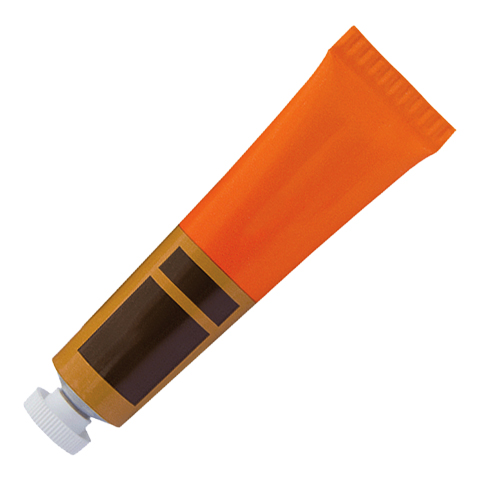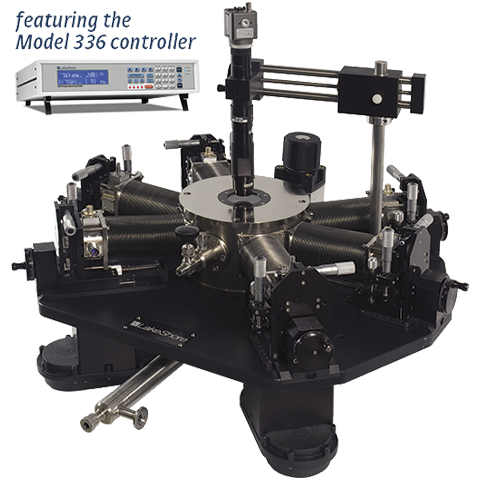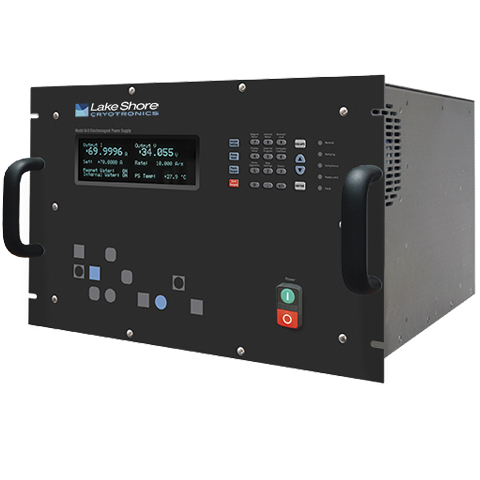Capacitance
CS capacitance sensors are ideally suited for use as cryogenic temperature control sensors in strong magnetic fields because they exhibit virtually no magnetic field dependence. Displacement current is not affected by magnetic fields. Consequently, temperature control fluctuations are kept to a minimum when sweeping magnetic field or when changing field values under constant temperature operation.
Because small variations in the capacitance/temperature curves occur upon thermal cycling, calibrations must be transferred to the capacitor from another sensor after cooling for the best accuracy. It is recommended that temperature in zero field be measured with another temperature sensor and that the capacitance sensor be employed as a control element only.
Packaging Options:
CS-501GR
Temperature reproducibility
Over a period of days, thermal cycling of capacitance sensors can provide variations in their capacitance/temperature values equivalent to several tenths of a degree at 4.2 K, 77 K, and room temperature. Over longer periods of time, variations can reach one degree or more. However, any reduced capacitance, C(T)/C(4.2 K), is generally stable to within ±0.5 K. These variations, or shifts, in the temperature response curve have no effect on the sensor’s stability when operating at a given temperature and, therefore, do not impair the sensor’s primary function as a control element.
Temperature stability/temperature transfer accuracy
Capacitance sensors will provide very stable control conditions for long periods of time at operating temperature, but because an operational ‘ageing’ phenomenon exists, care must be taken to account for this occurrence in their use.
The variation in capacitance/temperature characteristics is likely the result of the time dependence of the dielectric constant and the dielectric loss, or “ageing”, that all ferroelectric dielectrics exhibit. This time dependence, which occurs as a short term drift (minutes to hours) in capacitance/temperature value, is initiated by disturbing the sensor thermally or by changing the voltage or frequency of excitation. To compensate for this, the sensor should be stabilised for one hour after initial cool-down to desired operating temperature and whenever significant adjustments in control temperature are made.
After the one hour stabilisation, this short-term drift is on the order of a few tenths of a millikelvin per minute at 4.2 K, and several millikelvin per minute at 305 K. The drift is always in the direction of decreasing capacitance; consequently, it corresponds to decreasing temperature below 290 K.
Capacitance Features
- Virtually no magnetic field-induced errors
- Capable of mK control stability in the presence of strong magnetic fields
- Monotonic in C versus T to nearly room temperature
*Patent #3,649,891, exclusively assigned to Lake Shore Cryotronics, Inc.









